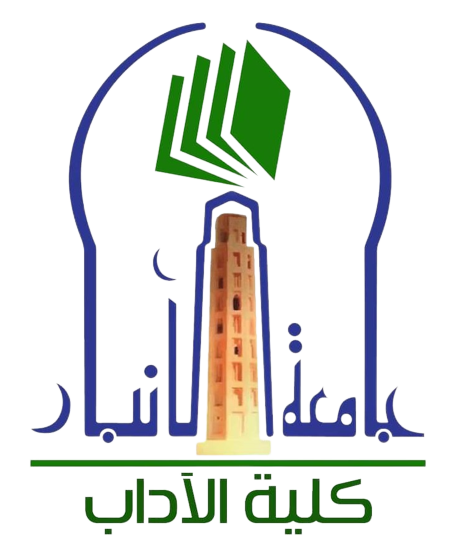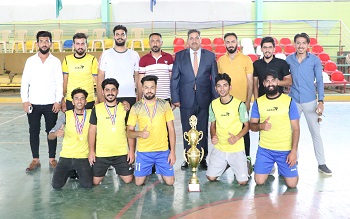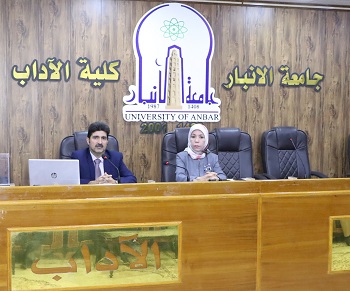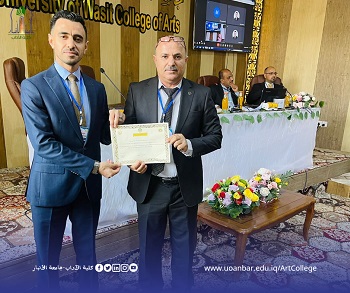
Translation as an “Antique”
Translation as an “Antique”
Author
Assoc. Prof. Dr. Yasser Abdul-Sattar Mutar Al-Ani
College of Arts – Department of Translation
Email: yasir.mutar@uoanbar.edu.iq
I had an uncle who spent part of his life traveling among some European cities in the 1970s and part of the 1980s. Among these countries, he visited London and stayed there for some time. He seemed fascinated by the punctuality, order, and services—so different from our Arab region. Each time he visited us, he would say: “Why don’t we go together to London so you can see life there and speak English with its native speakers?”
By fate, my studies took me to a Southeast Asian country at the end of the first decade of the third millennium. That Asian country was already embracing modernization. During one of my visits to Iraq while studying, I met my uncle again, and the same conversation resurfaced. I told him that the country I was studying in had many British language centers, with teachers of British origin, so there was no real need to travel to London—it was too expensive and tiring. He replied: “But London will always remain an antique,” meaning that it is a unique heritage whose value persists through time.
His words kept echoing in my ears, and I began to reflect on the discipline of translation that we study and teach. What is its destiny amid this massive technological revolution that penetrates every aspect of our lives? Do we still need all the theorization and study of the history of translation—from Hunayn ibn Ishaq and Yahya ibn al-Batriq to Catford, Newmark, and Venuti—or is it enough to teach our students to press a button and let the machine do the entire process?
Some claim that translation studies will eventually be replaced by artificial intelligence, just as happened in many other sciences and professions. It is worth noting that the integration of machines in translation is not new, and it has advanced significantly. Yet, this development is still human-made, and thus limited to human creativity. Machines cannot master linguistic creativity or the artistic composition of words. You can test this by asking AI to compose a poem—can it truly do so?
Artificial intelligence builds its answers on what has already been produced. Human imagination in language exceeds all limits, and the creative use of vocabulary and structure cannot be matched by machines. This applies to translation as well, where AI remains confined to previously translated materials. But what about ongoing creativity? Since human creativity is constantly renewed, machines cannot translate this originality unless it has already been fed into their systems.
A simple example is a child learning language in a family. The child may invent names for objects different from their real ones, and the family, out of affection, adopts these new names. This shows that humans can create new meanings from their perspective—something a machine cannot reproduce.
Translation as a science is already limited in rendering many texts, especially sacred texts or high-level literary works. Existing translations are only attempts at approximation. Yet, we should not underestimate the role of AI in supporting both teachers and students, as well as translators, in achieving better results.
Transferring a text from one language to another can be compared to organ transplantation—say, a kidney. Before transplantation, compatibility must be ensured. The new organ is the text, and the body is the target language. The body requires medication to reduce rejection; similarly, the text must be adapted to fit into the target culture. Machines, however, can only transfer the organ itself, not its environment, since they cannot truly comprehend it.
Another important issue is the multiplicity of translation choices. A text may allow several versions: one translator may opt for literal translation, while another prefers adaptation. In business or commercial contexts, translation requires particular strategies. There is also body-language-embedded communication that machines cannot replicate.
???? Keywords
#Translation
#Artificial Intelligence
#Linguistic Creativity
#College of Arts – University of Anbar
#Department of Translation




.jpg)